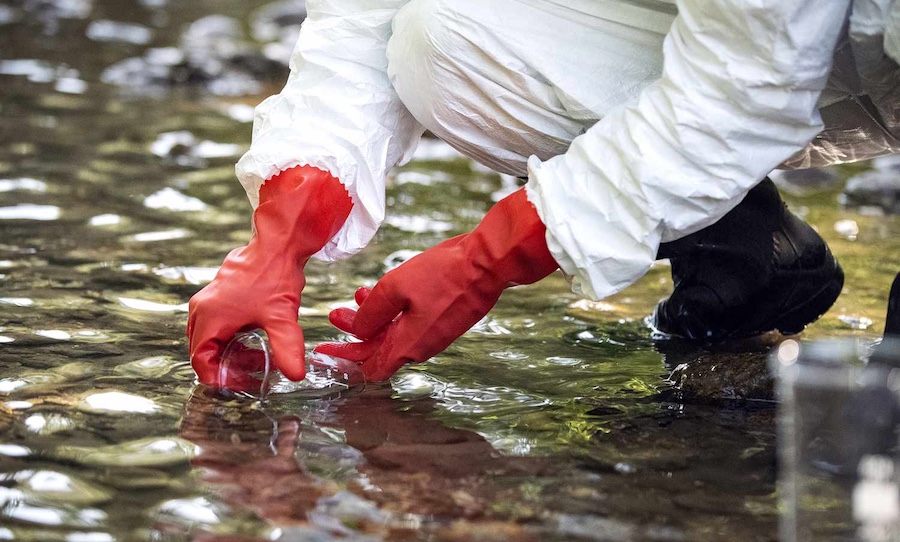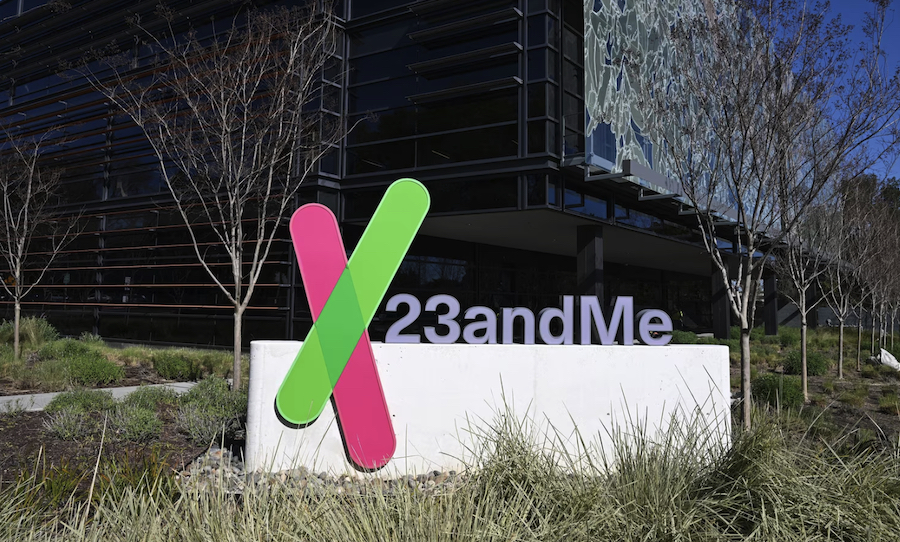Scientists have brilliantly deciphered the remaining 8% of a human genome, advancing knowledge of health, disease, and all that we are.
Nearly two decades ago in 2003, researchers sequenced 92% of the human genome. This week, scientists have filled in the remaining 8%, marking a significant scientific milestone.
The first complete, gap-free sequence of a human genome has been published, giving hope for new insights into health, disease, and all that defines us.

In the series of papers published in the journal Science and Nature Methods on Thursday, researchers outline how they have mapped human DNA and the programming that instruct our cells to evolve, survive, and reproduce.
Dr Karen Miga, a scientist at the University of California, Santa Cruz who co-led the international consortium behind the project, stated: “These parts of the human genome that we haven’t been able to study for 20-plus years are important to our understanding of how the genome works, genetic disease, and human diversity and evolution.”
Since the near completion of the Human Genome Project, labs can sequence an entire genome for a few thousand dollars, allowing some labs to sequence over 100,000 billion bases per year.
Sequencing a genome is like slicing a photo into a few thousand pieces in the dark, then trying to piece it together again, with similar coloured pieces being much harder to put in their correct place. Third-generation sequencing, or long-read sequencing, although tends towards high-error rates, helps decode more DNA sequencing at once.
Dr Adam Phillippy, of the National Human Genome Research Institute in Maryland, stated “in the future, when someone has their genome sequenced, we will be able to identify all the variants in their DNA and use that information to better guide their healthcare.
“Truly finishing the human genome sequence was like putting on a new pair of glasses. Now that we can clearly see everything, we are one step closer to understanding what it all means.”
Since 2003, researchers were able to sequence the last 8% of the genome thanks to advancements in technology.
Evan Eichler, a Howard Hughes Medical Institute Investigator at the University of Washington, and a researcher who worked on the original Human Genome Project, says, “anyone who has done a puzzle knows that if you have big puzzle pieces, it’s a piece of cake. It’s when you get those tiny ones where there’s not a whole lot of difference.
“In terms of repeating sections, you have a lot of pieces of the puzzle that look the same and you spend hours and hours trying to get those pieces in the right place.”
Getting a handle on the very specific nuances of the last 8% has huge implications for conditions resulting from genetic links, like Down Syndrome and certain cancers. This understanding of a complete genome gives researchers the ability to better treat these diseases.
Eichler says, “this is not the end. This is the beginning – a stepping stone for all kinds of things.”
The persistent labour and determination of these researchers can hopefully improve the livelihood of people around the world. The achievement of a full genome sequence also highlights the serious significance of research consortiums and the sharing of knowledge, resources, tools, and expertise, in advancing scientific discovery.



